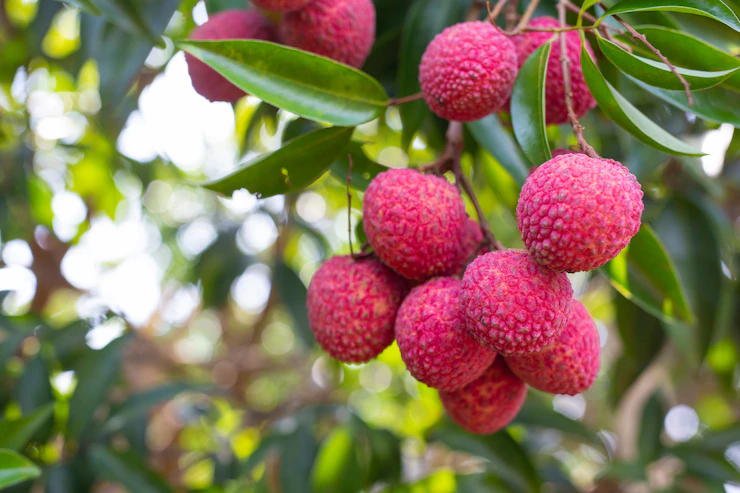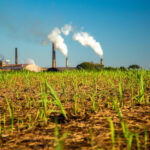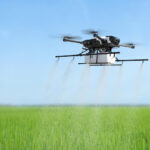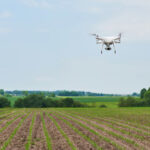When growing lychee in South Africa, there are several infections and diseases that you should watch out for to ensure the health and productivity of your lychee trees. Here are some common ones:
- Anthracnose (Colletotrichum gloeosporioides):
Anthracnose is a fungal disease that affects various parts of the lychee tree, including fruits, leaves, and branches. Symptoms include dark, sunken lesions on fruits and leaf spots. Fungicides and good orchard sanitation practices can help manage the disease. - Phytophthora root rot (Phytophthora spp.):
Phytophthora is a soil-borne pathogen that causes root rot in lychee trees. It thrives in poorly drained soils and can lead to tree decline and death. Proper drainage, avoiding overwatering, and using well-draining soil are important preventive measures. - Dieback (Botryosphaeria spp.):
Dieback is a fungal disease that causes the death of twigs and branches. It is often associated with wounds or stress on the tree. Pruning infected branches and maintaining tree health through proper nutrition and irrigation can help manage dieback. - Fruit rot (Peronophythora litchii):
Fruit rot is a common post-harvest disease that affects lychee fruits. It causes browning, softening, and decay of the fruit. Proper harvesting practices, good ventilation, and refrigeration can help minimize fruit rot. - Mites (Eriophyidae family):
Mites are tiny arachnids that can infest lychee trees and cause damage to leaves and fruits. They feed on plant sap and can cause leaf discoloration, distortion, and fruit blemishes. Regular monitoring and applying appropriate miticides can help control mite infestations. - Scale insects (Coccus spp.):
Scale insects are sap-sucking pests that can infest lychee trees. They often appear as small, immobile bumps on branches and leaves. Severe infestations can weaken the tree and reduce fruit production. Insecticidal soaps or horticultural oils can be used for control. - Powdery mildew (Oidium spp.):
Powdery mildew is a fungal disease that affects lychee leaves and young shoots. It appears as a white powdery coating on the plant surface. Fungicides and proper air circulation in the orchard can help manage powdery mildew.
It is important to note that local conditions, including climate, soil type, and orchard management practices, can influence the prevalence and severity of these diseases. Consulting with local agricultural experts or extension services can provide region-specific recommendations for disease management in lychee cultivation in South Africa.







